The appropriate equipment is crucial if you want to record music, produce podcasts, or play live. Although you don't need to purchase a lot of equipment, you still need to get the basic necessities.
To ensure a clear and properly controlled audio output from the mic, you'll need a pre amp if you intend to record audio using a microphone, an instrument pickup, or anything analog.
What precisely is a pre amp then? What are the advantages of using one, how does it function, and where can you purchase one?
Other Names For Preamplifiers
Due to their function in providing both audio decoding or processing and visual processing and upscaling capabilities, preamplifiers in a home theater may also be referred to as control amplifiers, AV processors, AV preamps, or preamp/processors.
What Is A Pre amp?
A preamp is an electronic device that is used to increase the amplitude of a signal before it is sent to a power amplifier. Preamps are commonly used to boost signals from microphones, instruments, and other audio sources before they enter a recording interface, mixing console, or other audio devices.

Therefore, a preamp is required for almost all sound sources. But it's not necessary for this to be an external gadget. Preamps are typically already included in audio interfaces.
And typically, they're sufficient to get you going. But it's important to remember that slightly more costly audio interfaces have considerably superior preamps than cheaper ones.
Advantages Of Using Pre amp
1. Improved Sound Quality
Preamps can enhance the sound quality of any audio system, as they provide a clean, clear signal to the amplifiers, while also increasing the overall volume level.
2. Increased Volume
Preamps can increase the overall volume of your audio system, as they have the ability to boost the signal to the amplifier, allowing for higher peak levels.
3. Better Signal Fidelity
Preamps can improve the signal fidelity of your audio system, as they reduce noise and distortion, while also providing a more accurate representation of the original sound source.
4. Improved Dynamic Range
Preamps can also improve the dynamic range of your audio system, as they are able to boost level changes in the audio signal, providing a clearer and more accurate sound.
5. Easier Control
Preamps also provide easier control of your audio system, as they allow for the adjustment of various parameters such as volume and tone, without having to make changes to the amplifier itself.
How Preamp Operate
A microphone's or a guitar's pickup's first signal is of modest output. A preamp boosts low-output signals up to line level because it is far too quiet to be recorded or heard in any meaningful way. Line level describes the strength of an audio signal as it travels along a signal chain from one component to another.

Preamps are mostly used to increase the output signal of electric guitars to "line level." When you plug a guitar straight into anything like a PA system or an audio interface, the usual sound of a pure guitar signal is weak and anemic. A preamp can thereby increase the loudness of a guitar's signal to a level that is audible. By including compression, it also makes sure that the sound is more dynamically constant.
Simply, an instrument input produces different results than a line input when a guitar or bass is plugged directly in. You'll discover that you lose a lot of personality and life and that your tone generally becomes duller, so the preamplifier is necessary.
What distinguishes a preamp from a power amp?
Sadly, line-level signals are still too weak to drive headphones or speakers. A power amplifier can be used in this situation. In a further stage of amplification, power amplifiers raise line-level signals to speaker level.
Active speakers have built-in amplifiers, and guitar amplifiers feature a power amp section that drives the speaker cabinet. Power amplifiers designed specifically for driving passive speakers are needed.
Assume for the sake of argument that you possess an audio interface and two active speaker monitors. The speakers are connected to the interface's line outputs; they take the interface's line-level output and amplify it using their internal power amplifiers to speaker level.
Which Pre amp Should You Get?
Preamps are excellent instruments that have a significant impact on your overall audio output. In fact, preamps are frequently the first piece of gear that many industry experts advise you to improve in your audio system. What preamp should you purchase then?
A preamp and even phantom power are frequently included in audio interfaces and mixers as part of compact setups. Solid-state preamps are frequently included in these bundles of audio equipment, providing crystal-clear, lifelike music. These configurations are excellent for newcomers, influencers, and home recording rigs that need high-quality audio output but don't want to go through the hassle of selecting equipment, setting it up, and shelling out a lot of cash.
Investing in a stand-alone preamp is the best course of action if you make a job out of professionally recording and mixing audio. To have a different preamp for different projects, you might also want to amass a variety of vacuum tubes and solid-state preamps. Less downtime and simpler troubleshooting in the event of a preamp technical issue are further benefits of having a separate preamp.
Arylic S10 - Your Economical Preamp

Simple to Use
In case you lack a wireless audio system. Your greatest option for learning about wireless technology on a budget is the S10. Only 30 seconds are needed to set up your wireless home stereo system.
No Range Restrictions
As long as your wifi signal is strong, you may play music across your home via wifi streaming, which is more stable than Bluetooth.
Not Compressed
Another benefit of wireless streaming is that it doesn't compress the audio, in contrast to Bluetooth preamp, which does.
Superior Audio
The S10 Preamp supports up to 24-bit, 192 kHz decoding, allowing for wireless High-Resolution audio streaming. Enjoy your premium products.


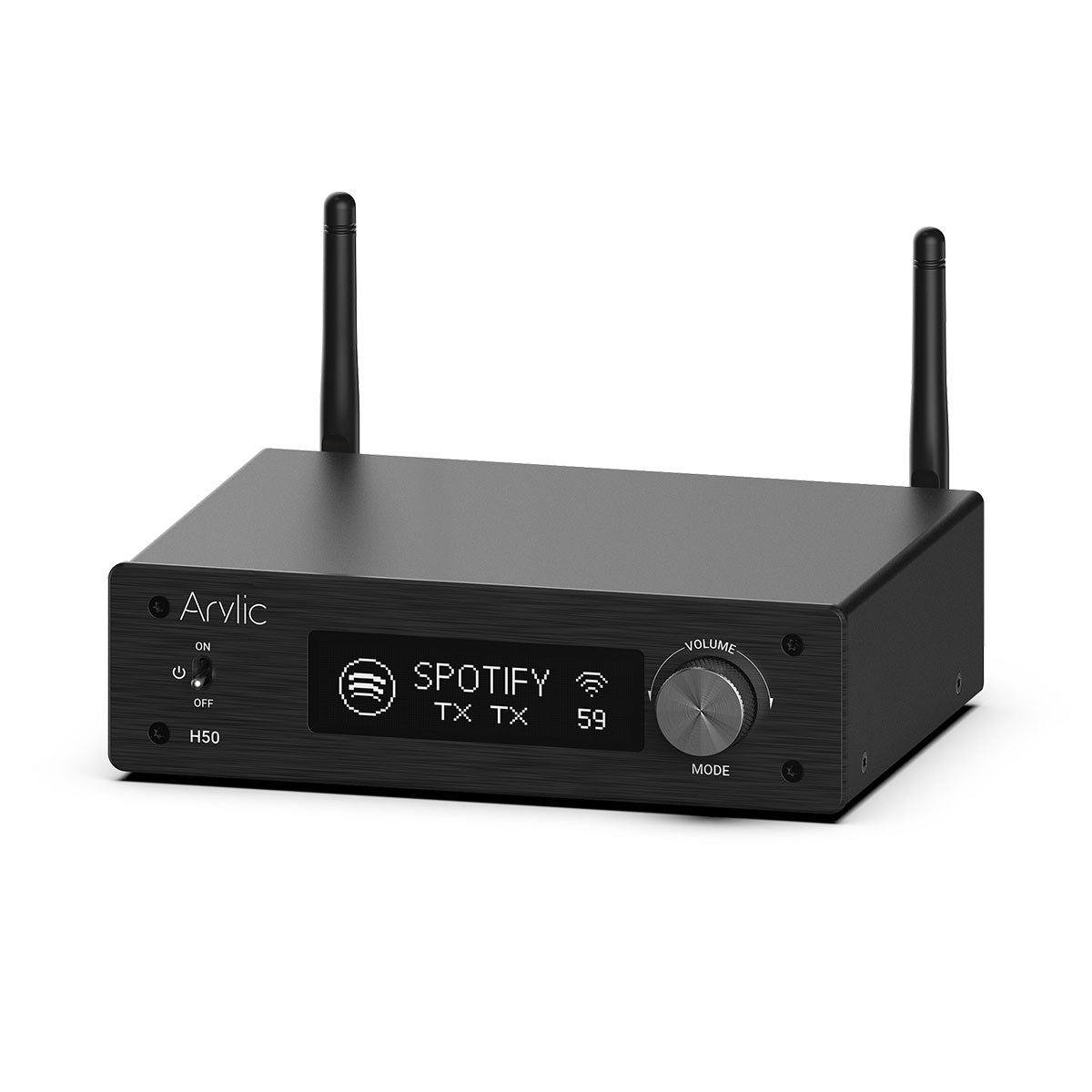
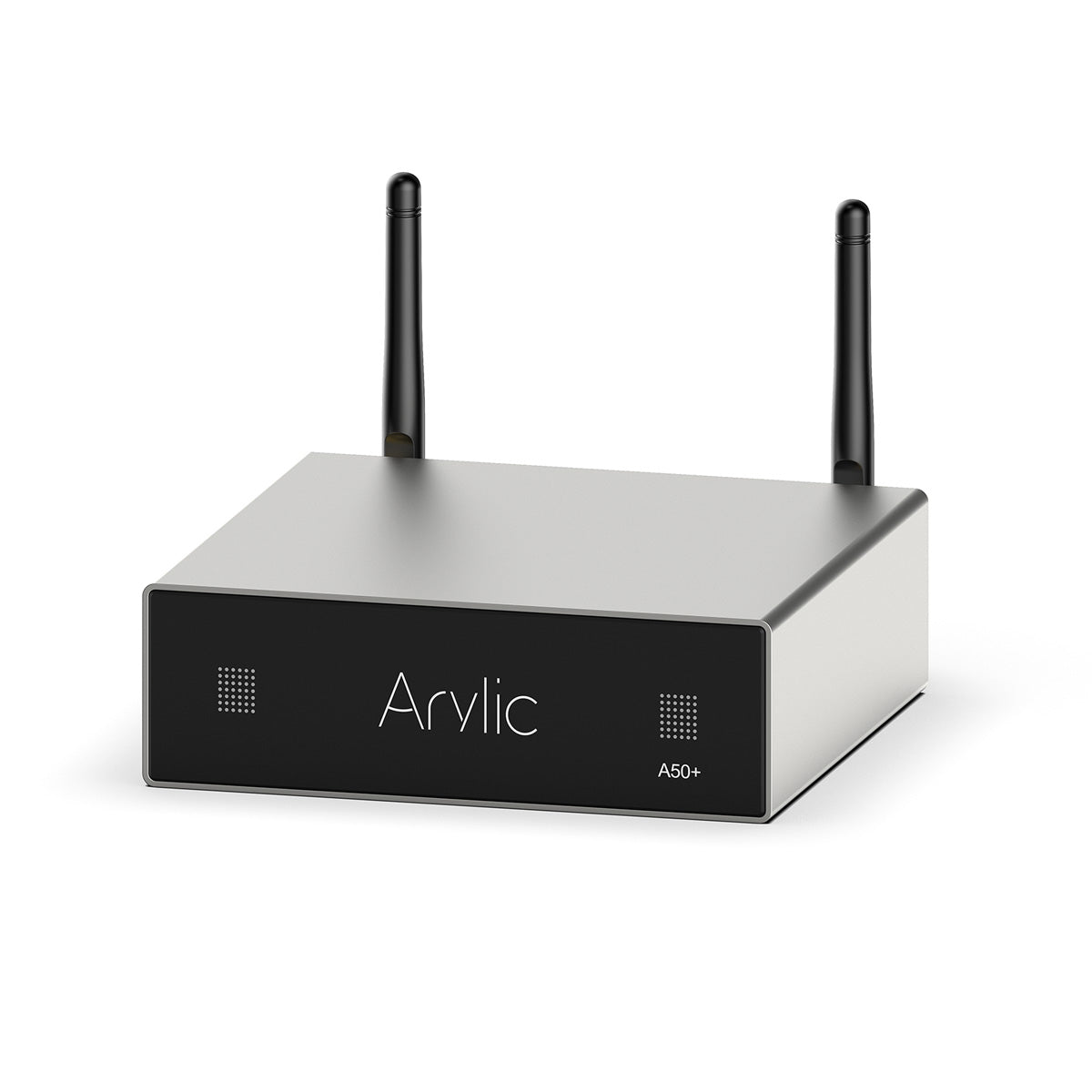
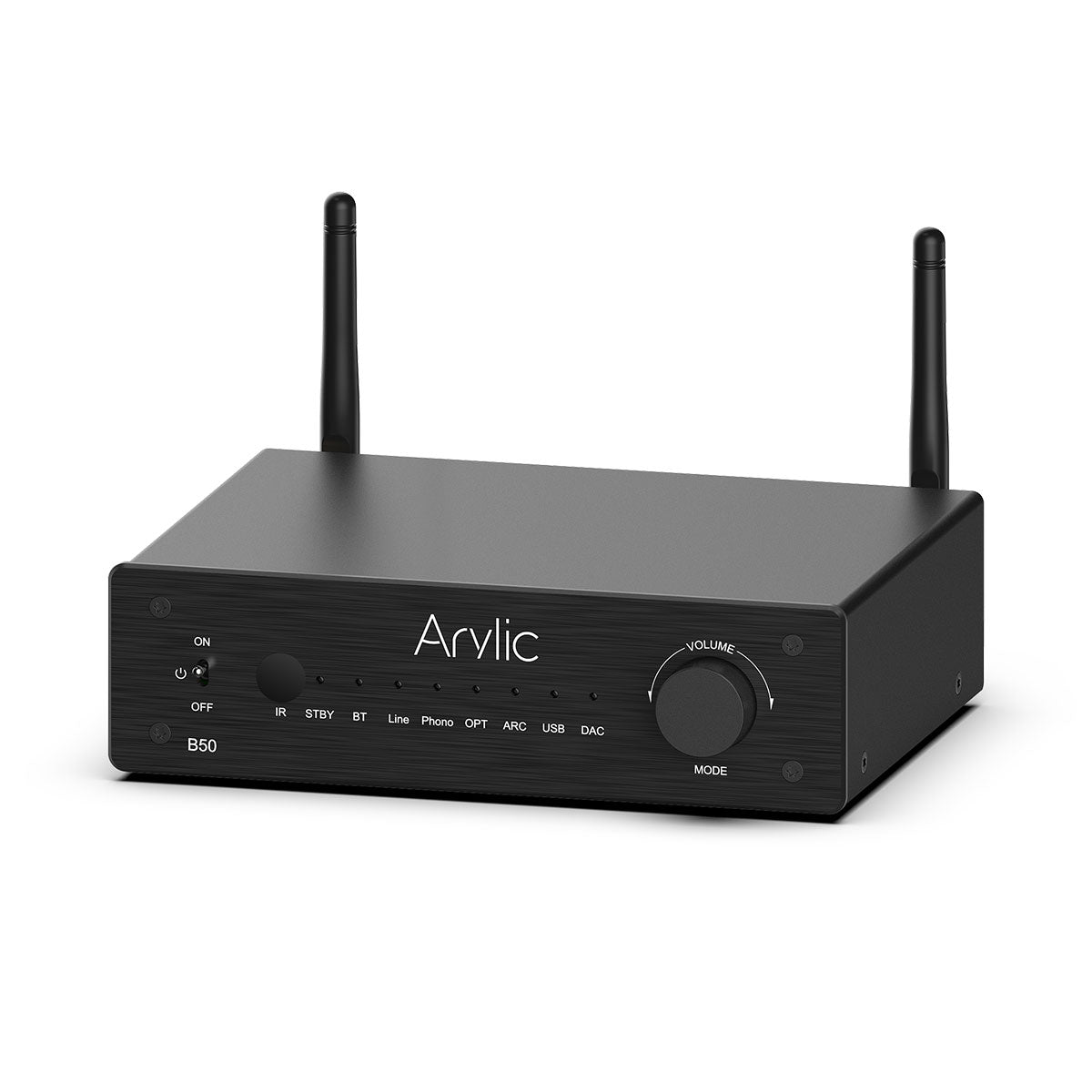
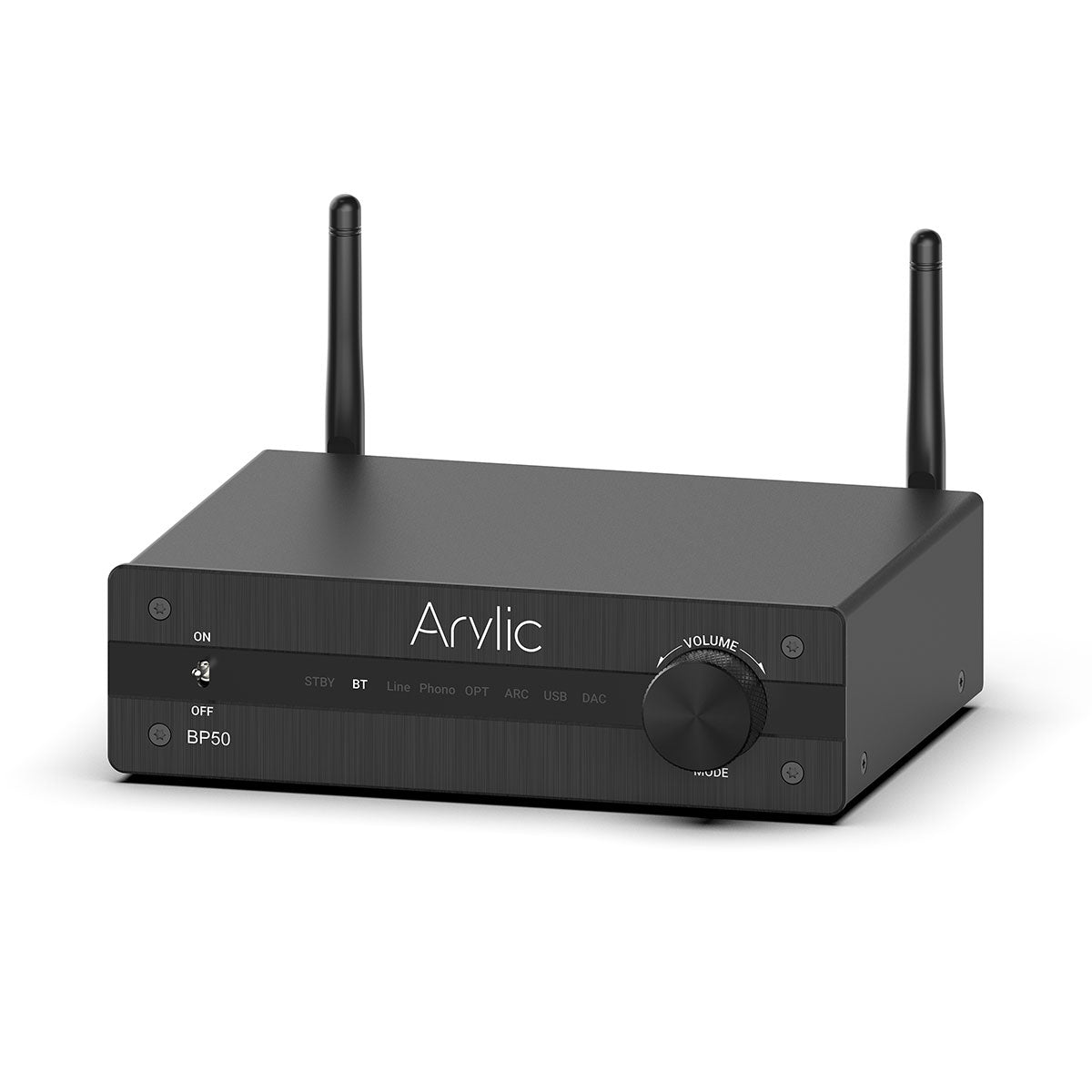
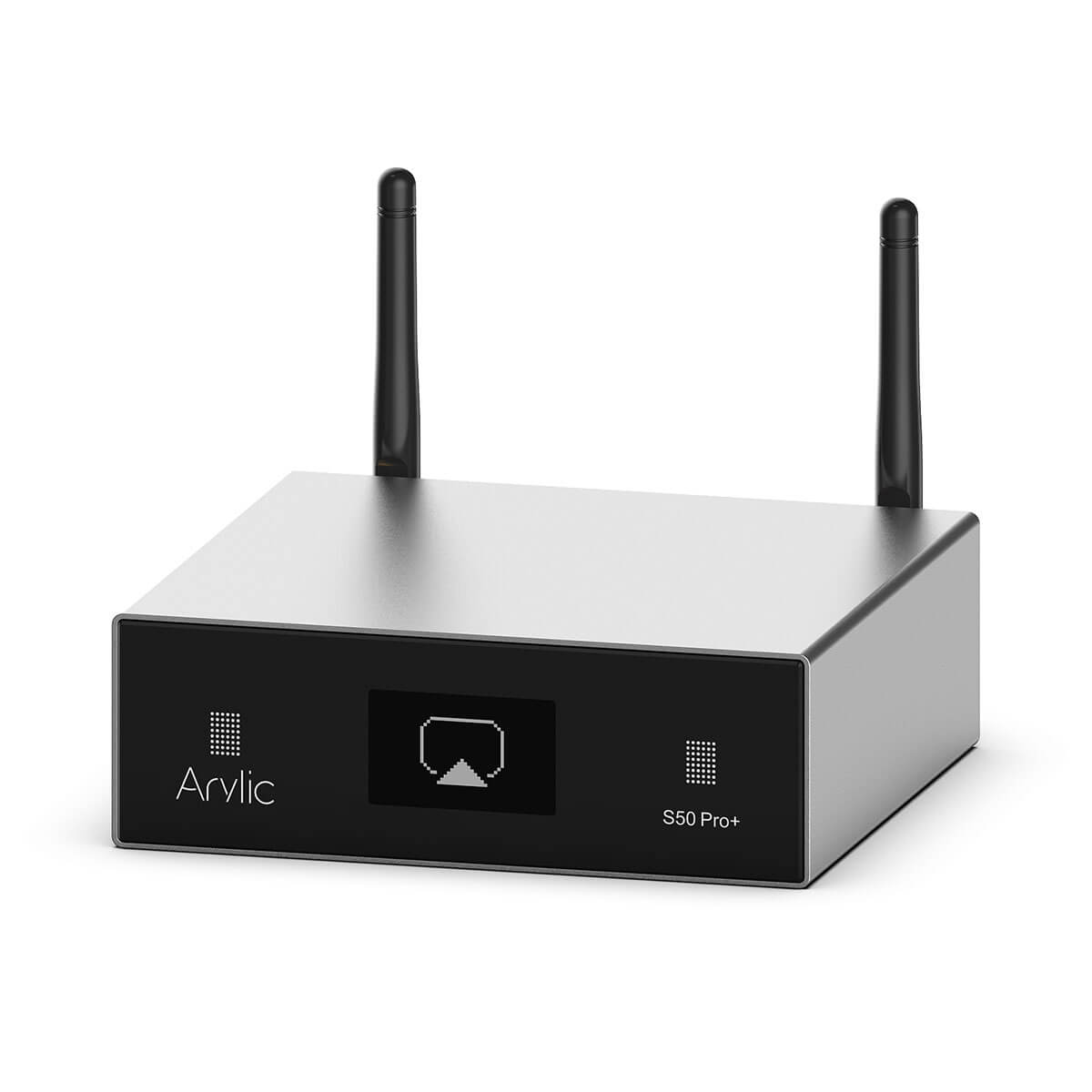
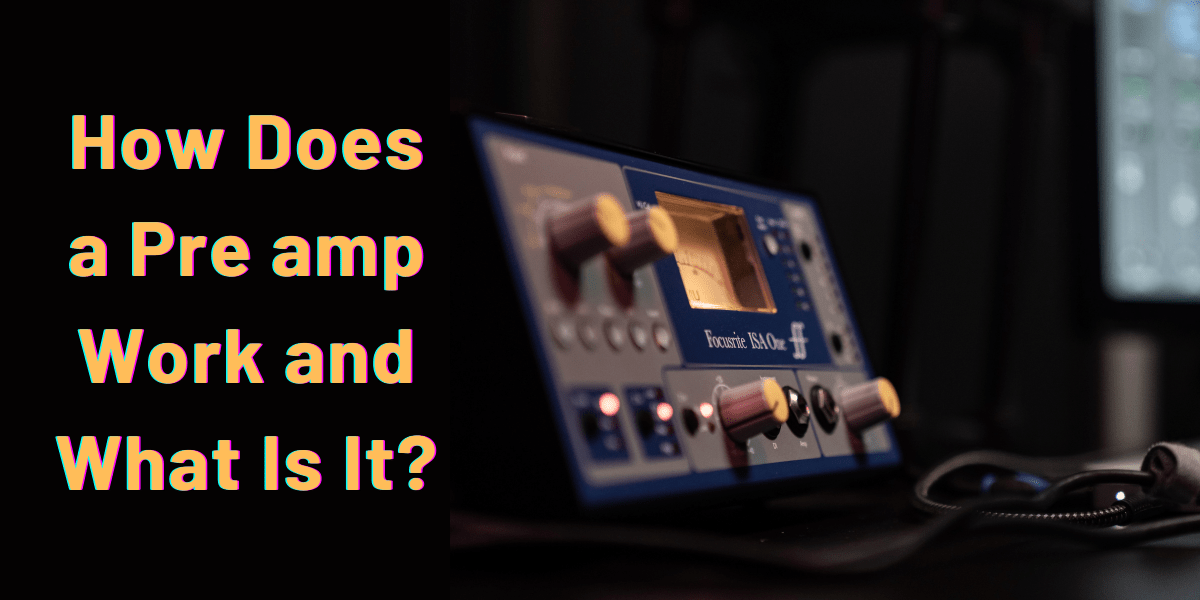

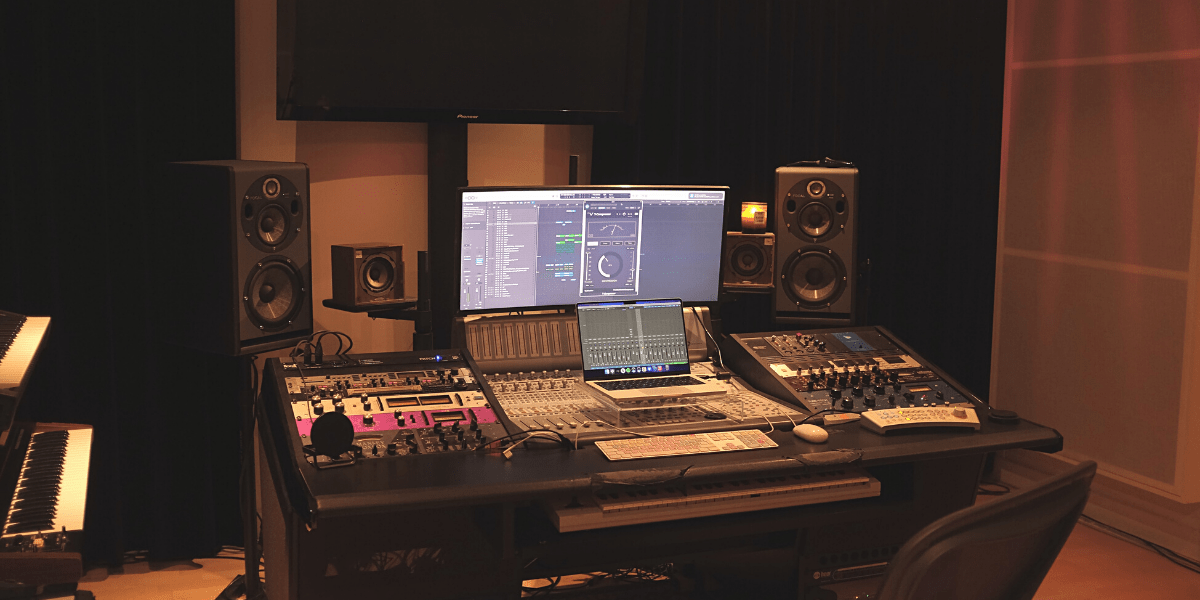
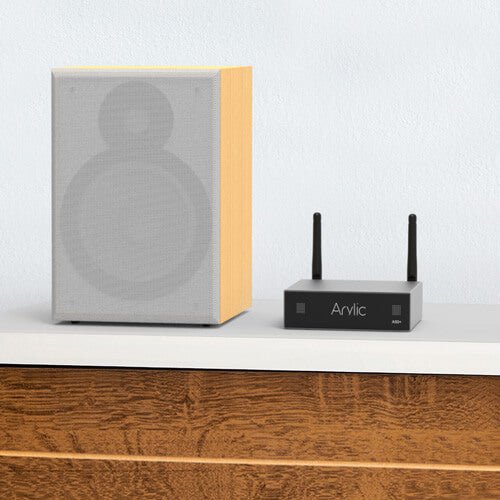
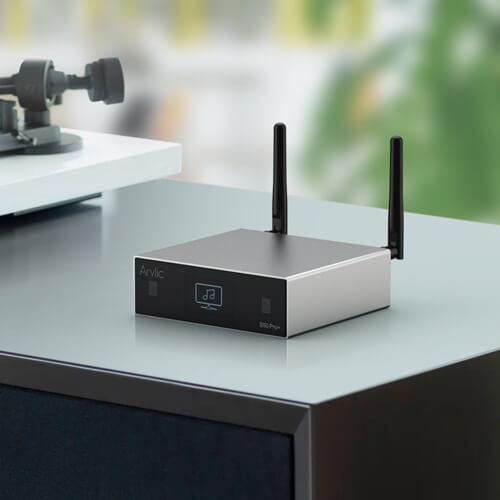
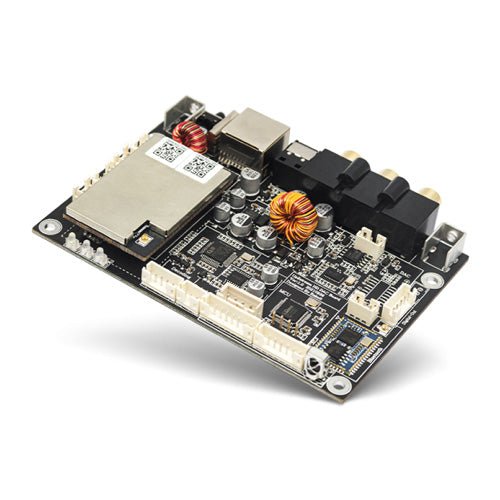
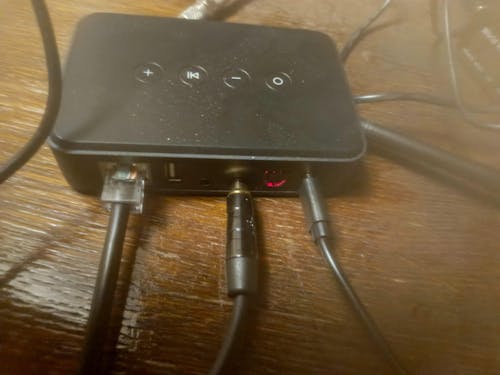
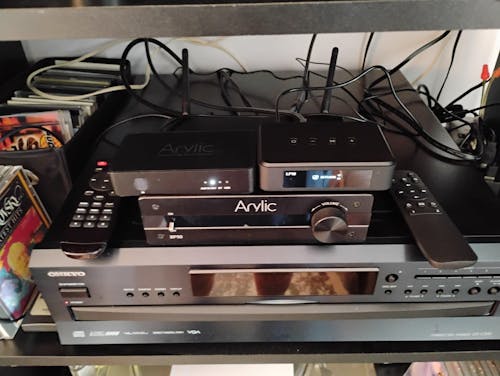
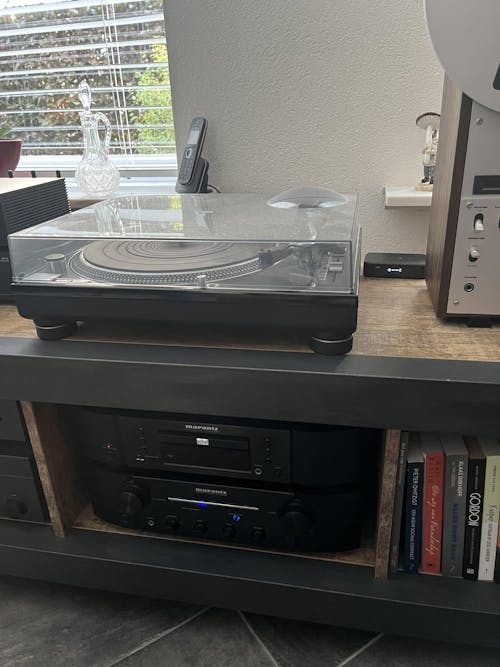
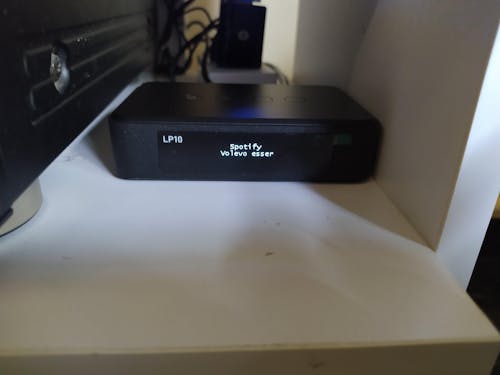
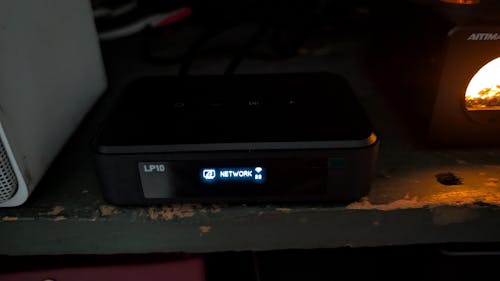
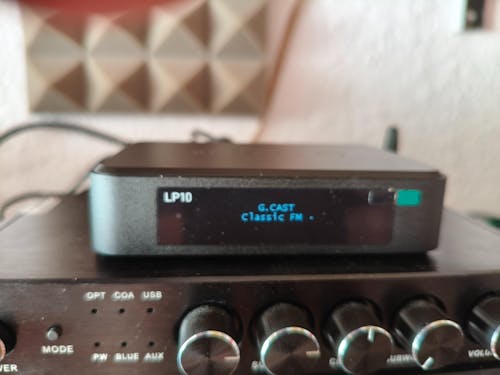


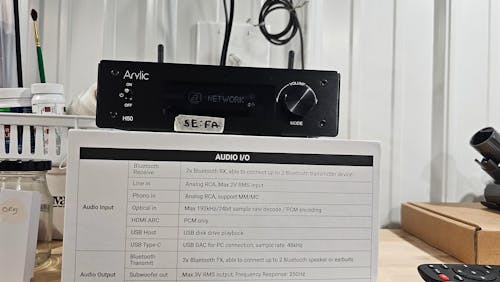
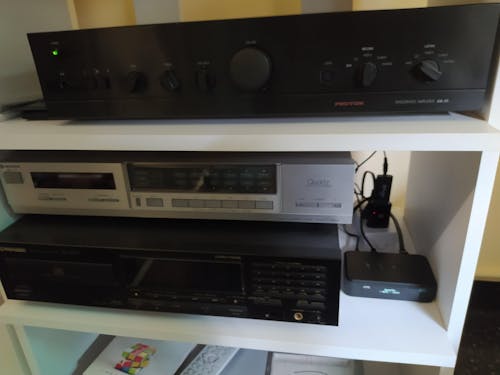
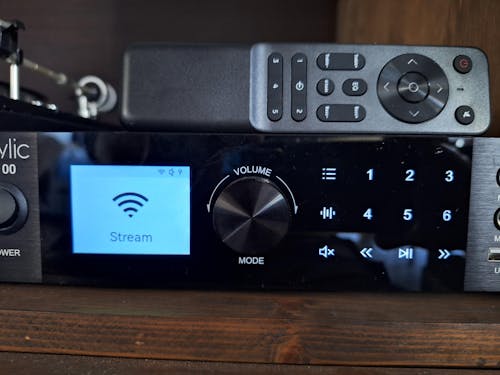
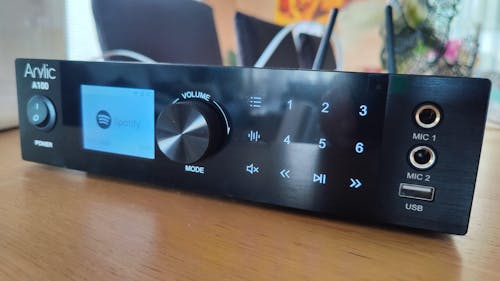

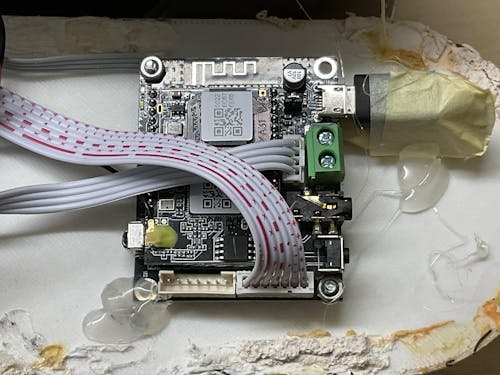

Leave a comment
All comments are moderated before being published.
This site is protected by hCaptcha and the hCaptcha Privacy Policy and Terms of Service apply.